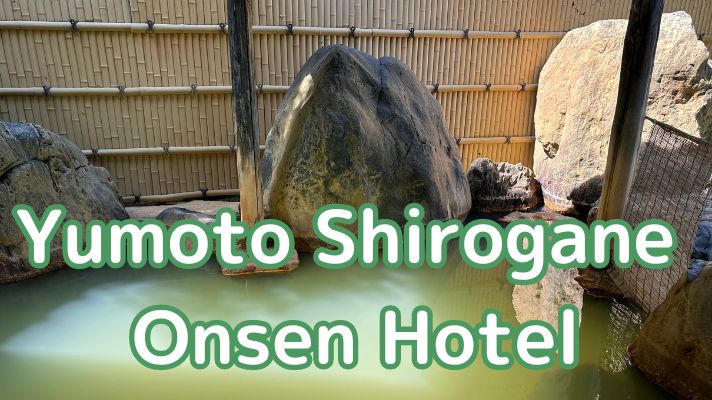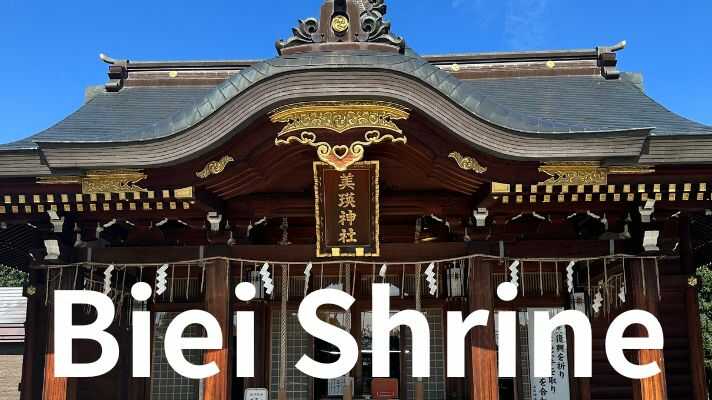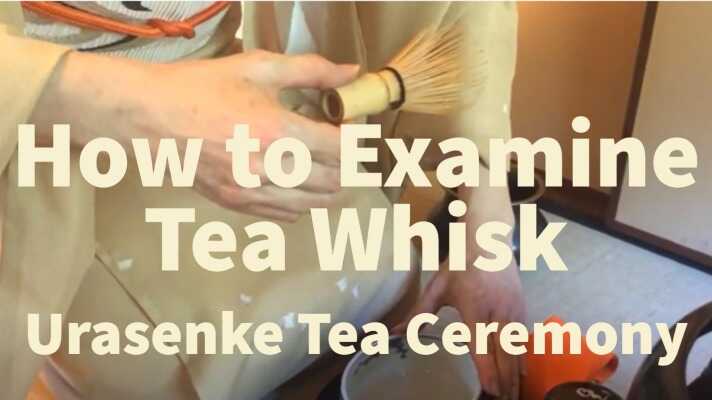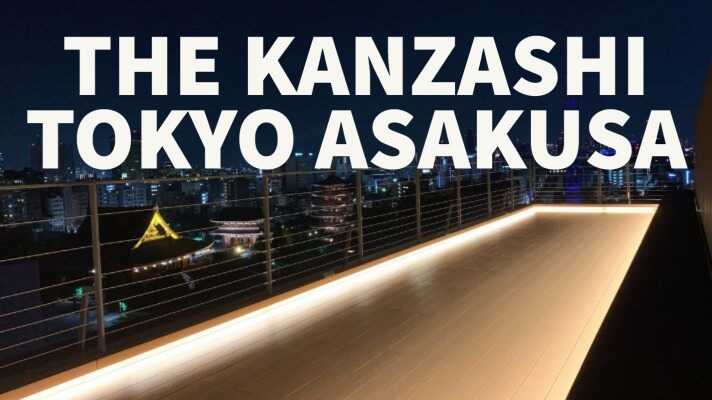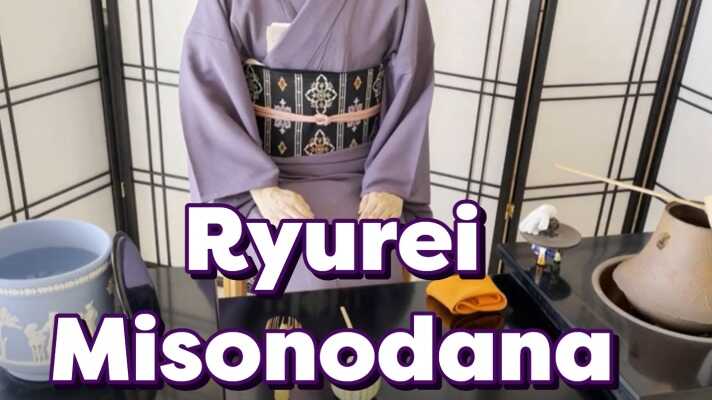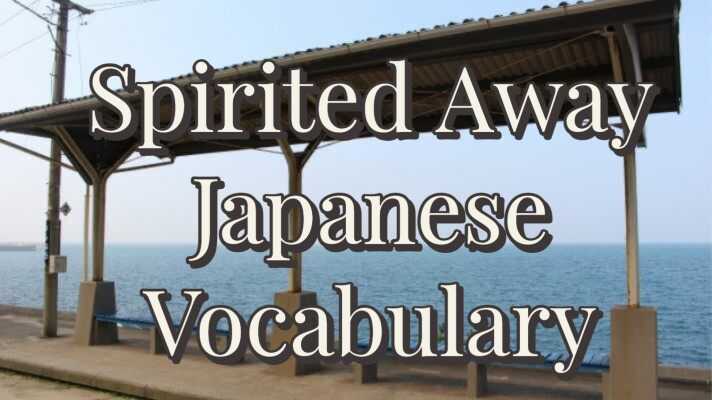-

Dormy Inn Global Cabin Asakusa【Dormy Inn Express Sakusa】
I stayed at Dormy Inn Global Cabin Asakusa. The following is a brief summary. Bad points A little bit old. Twin cabin rooms are not recommended. Women cannot enter the hot spring on weekdays. Good points Hot Spring Footbath. Free coffee. Free ice cream, lactobacillus drink, and ramen noodles. Very close to the sta... -

Yumoto Shirogane Onsen Hotel【Day-trip bath visitors】
Looking for a relaxing day-trip hot spring experience? Look no further than Yumoto Shirogane Onsen Hotel! Natural, flowing hot springs await you, and they welcome day-trip bath visitors to enjoy both the onsen and the cozy relaxation room. Whether you're on a quick getaway or exploring the beautiful sights of Biei, ... -

Exploring the Chabako: A Traditional Element of the Japanese Tea Ceremony
This article provides a detailed procedure of the Urasenke school's Chabako Temae known as 'Unohana Temae. -

Exploring Biei Shrine: A Tranquil Gem in Hokkaido
Biei Shrine, located in the town of Biei in Hokkaido, is a beautiful shrine where Japanese tradition and natural beauty harmonize. In this article, we will introduce the history, features, and reasons to visit Biei Shrine. -

Discover the Top Online Stores for Authentic Yukata: Your Guide to Buying on Amazon US
Are you in search of a beautiful and authentic Yukata for your next summer festival or event? Look no further than Amazon US! As one of the largest online retailers in the world, Amazon offers a wide selection of Yukata from various sellers, making it a convenient and accessible option for shoppers. However, with so... -

How to Examine Tea Whisk (Chasen) [Japanese Tea Ceremony Urasenke ]
In this article, we will introduce the correct method of examining a tea whisk (chasen) in the Urasenke school, a representative school of the Japanese tea ceremony. You can learn by watching videos. We also show you the best places to buy chasen (tea whisk) on Amazon US. How to Purify Tea Bowls https://youtu.be/_... -

THE KANZASHI TOKYO ASAKUSA【Asakusa Hotel Review】
I stayed at THE KANZASHI TOKYO ASAKUSA in Asakusa. Unfortunately, it is a bit far from Asakusa station (Skytree line and Ginza line) anyway. It was really tiring. Tsukuba Express Asakusa station is close toTHE KANZASHI TOKYO ASAKUSA. If you are staying at THE KANZASHI TOKYO ASAKUSA, you should check what line Asakus... -

【Urasenke】 Ryuurei Usucha Temae (Misonodana)
“Ryurei” style tea serving procedure was first introduced by Gengensai, the 11th Generation Grand Master of Urasenke Tradition of Chado in 1872. Today, the table we are using is called “Misonodana” designed in 1952 by Tantansai, the 14th Generation Grand Master of Urasenke Tradition of Chado. -

70 Japanese Vocabulary Used in Spirited Away 【Let’s Learn Japanese】
Spirited Away (Sen to Chihiro no Kamikakushi:千と千尋の神隠し)is a 2001 Japanese animated fantasy film written and directed by Hayao Miyazaki, animated by Studio Ghibli. In Japanese folklore, spirited away, or Kamikakushi (神隠し) refers to the mysterious disappearance or death of a person, after they had angered t... -

12 places in Japan: Spirited Away Model Locations
"Where is the location where Spirited Away was filmed?" "Where is the hot spring hotel that was the model for the movie?" If you are a Ghibli fan, you have probably asked yourself these questions. Spirited Away, which is a story of a young girl who wanders into the world of the gods, is an anime film by Studio Ghibli released on 20 July 2001 in Japan. It is one of the representative works of Hayao Miyazaki. Let's visit 12 model locations in Spirited Away.

